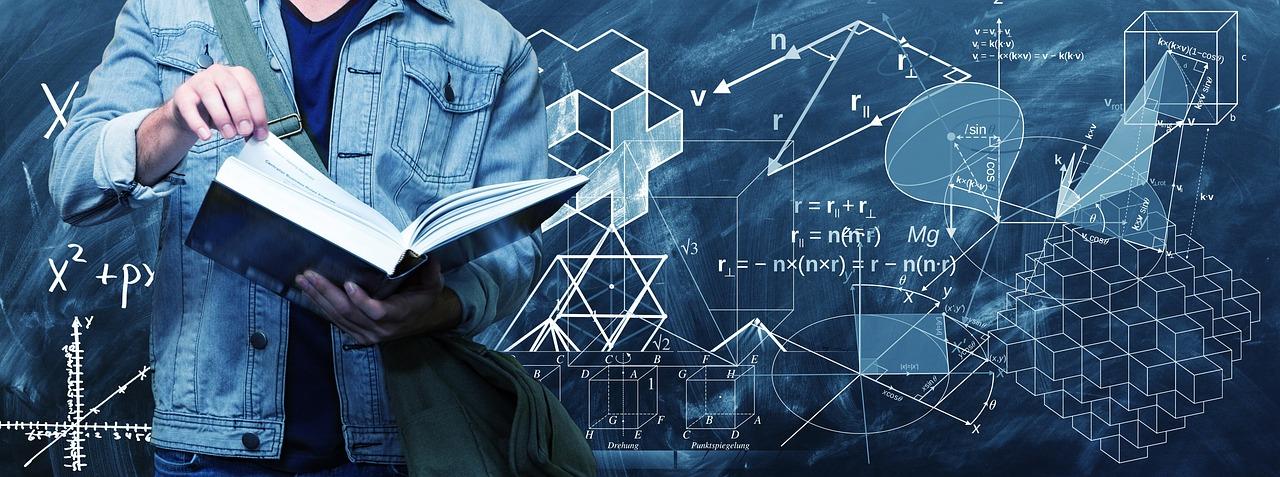
Angles in Navigation
by Karen Larsen
This lesson is an activity to see what an angle is and how is can be used to approximate the time of day or even navigating vessels by measuring other celestial bodies. Students will use sextants to measure the angle of the sun and approximate the time of day by drawing triangles on a graphs using the horizon as the x axis.
Lesson Plan Link/URL
https://docs.google.com/presentation/d/1P5NsXkisqJ6zcbCfOrudtRaodGG7COXQ/edit?u…Subject Area
Science Physical Science P2: Objects at a Distance Earth and Space Science E2: Earth & the Universe Technology 1. Empowered Learner 5. Computational Thinker Mathematics Measurement and Data (MD) Geometry (G) Ratio and Proportion (RP) Algebra (A) Reasoning with Functions and Relations (RFR)Related Content

Grades:
9th Grade, 10th Grade, 11th Grade, 12th Grade
In this lesson, students use the Kepler’s Laws PhET Simulation to collect data on the period and average radius of the planetary orbits. They graph and analyze that data to derive Kepler’s 3rd Law.

Grades:
3rd Grade, 4th Grade, 5th Grade, 6th Grade, 7th Grade, 8th Grade, 9th Grade
Engineers often create small-size models of a new product to test its design. This is especially true with airplanes. Model testing tells engineers how a design responds to different air conditions

Grades:
6th Grade, 7th Grade, 8th Grade, 9th Grade, 10th Grade, 11th Grade, 12th Grade
Are your students fans of Formula 1? If they are or aren't this lesson will take a look into the dominance of Red Bull Racing in Formula 1. Why is Red Bull so dominant? Is it the driver or the